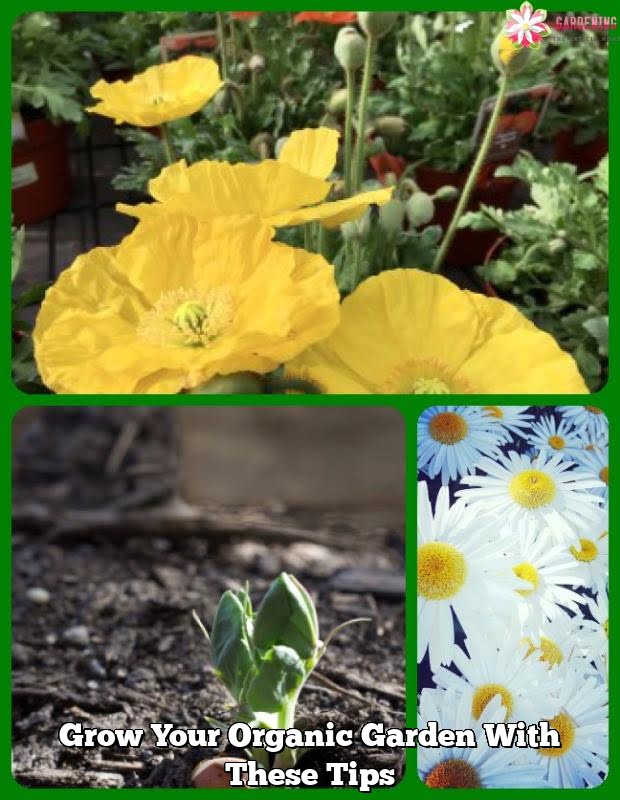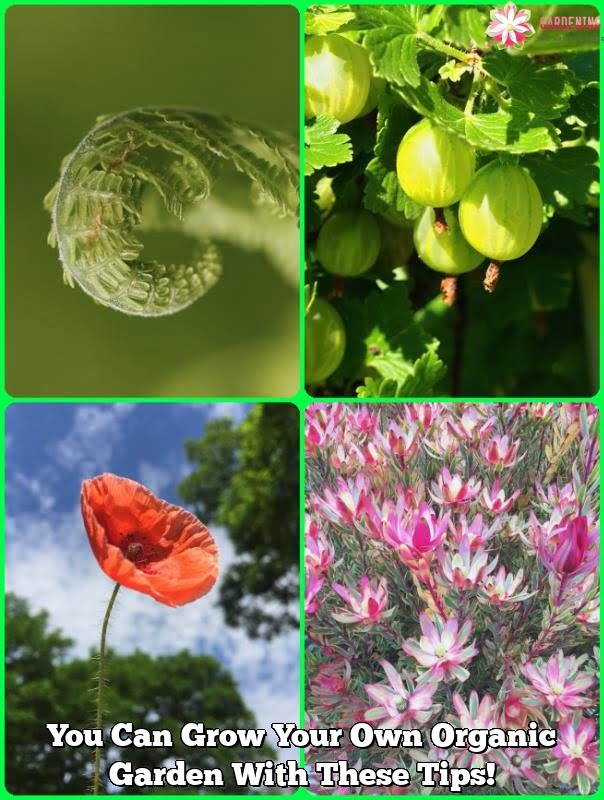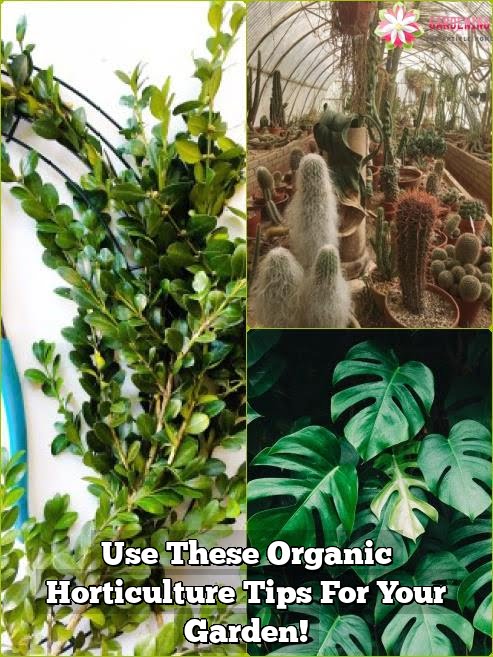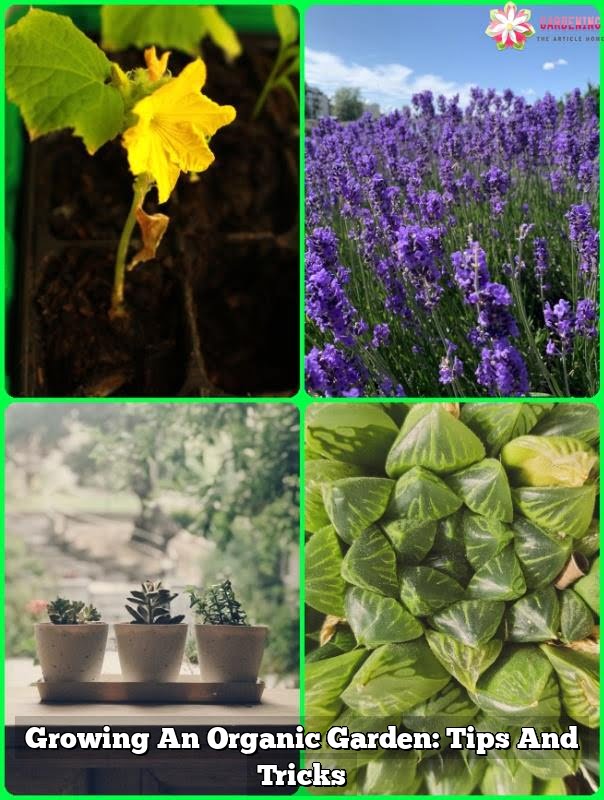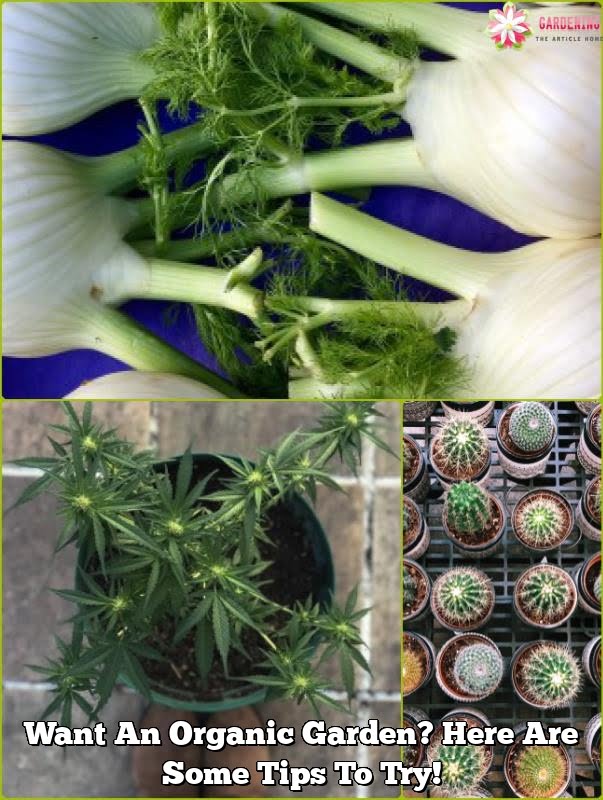
Organic horticulture is also cheaper; you don’t have to spend as much money on tools and vegetables. Read on for some advice about growing your organic garden.
This raises the chance that your plants will grow and thrive into adulthood. This also a good way to tighten up your planting cycles. Your seedlings will be started and ready to be planted immediately after you remove your last crop from the garden.
Choose perennials that are not attracted to. Slugs and snails can destroy a plant literally overnight. These pests are particularly fond of young perennials and those varieties with leaves that are tender, tender, particularly seedlings and young plants. Perennials with hairy, furry leaves and unpleasant tastes are less likely to attract slugs and snails. Some of these plants include achillea, campanula, euphorbia, hellaborus, and euphorbia.
Transfer your favorite plants indoors to rescue them from the winter. You might want to transplant your most beautiful or expensive ones. Carefully dig near the rootball and replant in an appropriate pot.
Pick the correct soil to get the best outcome. You can make an artificial area that uses a single kind of dirt.
Do not cut your lawn close to the bottom. If you let your grass keep some height after mowing, the roots will grow deeper into the soil, greener lawn. Short grass on the other hand is more prone to getting dried out and turning brown.
Protect your deciduous shrubs from harsh elements. Tie these canes at the top, and then use a sheet or blanket to cover the wigwam loosely. This method is much better than wrapping the plant in plastic, because air can still circulate, which will help to prevent rotting.
Moisture on the surfaces of your plants is an invitation to pests and parasites. Fungi are parasites that are common problem in the plant world. It is possible to control fungi with sprays, but it’s better to spray at-risk areas before fungi appear.
If your horticulture plans include pea plantings, begin the plantings inside instead of outside. The seeds will have a better in your home if planted there first. The seedlings will also be heartier, giving them a better chance to grow into a healthy adult plant capable of rebuffing diseases. You can transplant the seedlings outdoors after they become better established.
Use smarts when watering the garden. Use a soaker hose to save time so that you do not have to water each plant individually with a hose nozzle, so the garden can get watered while you are doing other tasks. Keep water running slowly so it doesn’t spray up onto the plants’ leaves. Let your soaker hose run for a while as you do other things.
Vegetables get softer as the temperature goes up, increasing the risk that you will damage them.
It is important to protect your knees when you garden. Many people can not bend over and working in the garden for long periods of time while they are standing up. Kneeling down on the ground is a great way to get to your plants while minimizing back pain. You can get a knee pad for horticulture in order to protect your knees.
The ideal temperature to set your thermostat for indoor plants is between sixty-five and seventy-five degrees Fahrenheit during the daylight hours. The temperature needs to remain warm so the plants can grow. If your thermostat is normally kept lower in winter, you could always get the organic plants a heat lamp.
Get more value from your land. Landscaping has one of the best home improvement returns. Some plants can raise your resale value by 20% or more.
Don’t let the little chores in your organic garden pile up. Even if you end up being too busy to do garden chores every day, you can do little things to help so that there is not a huge amount of work to be done when you are ready to get back to it. If you’re outside with your pet, pluck a few weeds while your dog is taking care of his business.
Adjust your watering to the season and current climate.For instance, if you live in a warm, you should not water the leaves because it will encourage leaf fungus.
Gardening of any type can be a great hobby that helps you to feel more at one with the earth, but organic horticulture remains the best way to observe natural cycles.
Think about what you need to use in your garden. Try using natural or organic alternatives instead of the chemicals you normally use. One way to naturally feed your plants is through the use compost.
When preparing to plant a shrub or tree in your garden, dig irregular holes with rough sides. If the hole that you create for them has any “glazed” sides that were caused by a shovel, it’s possible that one of those holes will restrict any root from getting into the soil nearby.
Use at least three inches of organic materials to mulch trees and trees. This aids in environmental conservation and help it retain moisture more efficiently – which should help you reduce your water each month. You may also find the mulch attractive.
Use rainwater to water you plants and be more eco-friendly.Using a special rain barrel or other workable container to capture rainwater can save money on monthly water bills, but you are using a natural resource as well.This is a great alternative to spending your money on water bills and makes the most of your environment.
Use a knife to take the longest and thickest roots off of the plant. Cut roots into pieces that are two inches in length. Place the cuttings on top of a seed trays with a blend of damp peat and grit. Cover with grit and grit. Plant the seedlings separately in its own small pot until they grow big enough to be planted outdoors.
Start using these tips to grow your own organic food and help preserve the environment. When you work to keep your garden in tune with nature, you’ll also see more birds and animals stop by for a visit.

Welcome to my blog about home and family. This blog is a place where I will share my thoughts, ideas, and experiences related to these important topics. I am a stay-at-home mom with two young children. I hope you enjoy reading it! and may find some helpful tips and ideas that will make your home and family life even better!

